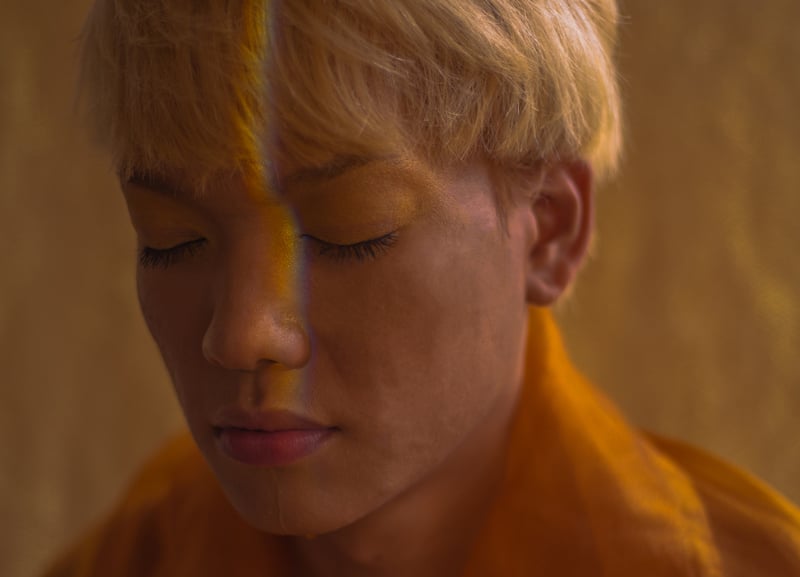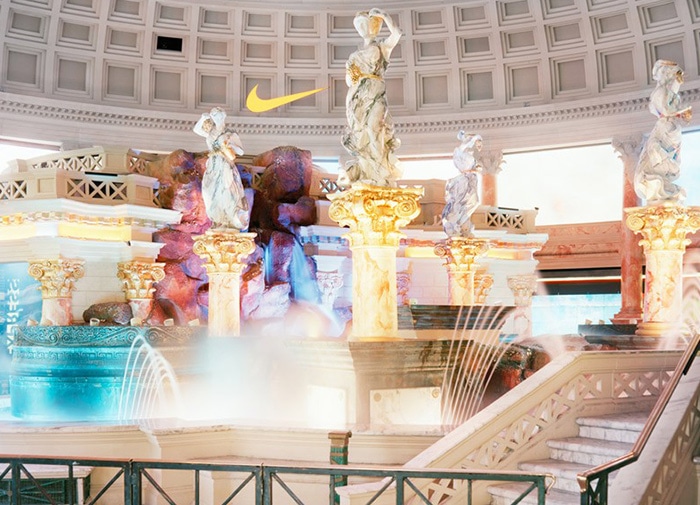How to predict the future by looking through the headlines of 2019
“We have sealed ourselves away behind our money, growing inward, generating a seamless universe of self,” said William Gibson-Neuromancer in 1984. He was most definitely predicting our society’s behaviour in 2019.
Another year has come and gone. With our deeper descent into the inherently complex social paradigms of technology and the world wide web comes a growing set of issues of a unique nature. Many say we’re beginning our culmination towards a culture of the self where anything and everything is tailored to our likes and dislikes, whether we want them to or not. Others believe that our right to free speech has now been clouded by a new wave of hyper-censorship and crowdsourced truth.
As we become more comfortable with our evolution into these instinctually digital beings, we must also continue our quest to understand the repercussions, implications and infinite plurality of the things we create. That’s why I took it upon myself to trawl the megahertz of headlines, and take a peek into the looking glass of what awaits us in the years to come. Don’t be scared, just enjoy the ride.

Finsta accounts are on the rise: a solution to the pressure to be perfect online?
Death to main accounts! Long live the new finsta!
As we increasingly become disillusioned with Instagram due to its removal of likes (which became a currency of sorts to many) we veer into the ‘new aesthetic’. Individuals now prefer portraying themselves as ‘real’ and ‘raw’ over the pristine image initially pushed by our predecessors and disgraced influencers. However, we must remember that even though these expressions of the self are less pristine as their sleek counterparts, they’re still a result of a clear visual history for the platform. From first getting to grips with the selfie when Instagram first came onto the scene, to creating staged analogue shots, followed by the use of apps to mimic grain and light leaks, we have finally broken the fourth wall, and now accept the nature of this technological format and the freedom that comes with it. This breaking point has pushed us to crave a sense of authenticity best displayed by the nihilistic and perceived honesty of the finsta format.
The future of social media also hints at increasing compartmentalisation. As we become more aware of how public and permanent Instagram content is, we wish to instil sharper privacy settings. The age of public self-monitoring and self-censorship is no more, and the future of our online presence becomes less about what we put out there, but who sees it.

A doctor is fighting health misinformation on Instagram, one post at a time
Let’s look at Zuckerberg hopelessly trying to kill its own creation.
Instagram has enabled many to have a platform and incite cultural movements. But with that responsibility comes the growing necessity for us to acknowledge our own confirmation bias and seek out an ultimate truth in a society clouded by opinion. The need to cater to the moral necessities of us as individuals has surpassed the need to cater to ourselves as a society. So what can we do to remedy it?
According to Instagram, the solution lies within the independent fact-checking industry. Instagram and other platforms will now use ‘fake news’ screens to alert its users of misinformation. But how far will this monitoring go, as it indiscriminately moderates news articles and memes alike? Following hot on the tracks of third-party fact-checkers is also the emergence of crowdsourced news platforms, such as Wikitribune. Could we see a partnership between Wikitribune and social media platforms any time soon? Or will super companies like Google and Facebook remain loyal to these third-party companies, especially following the scrutiny that comes with them? Are we one step closer to establishing one ultimate truth per informational dilemma? Or is this just another quest into finding out if these fact-checkers have our best interests at heart?

Up-and-coming adult actor shares how stressful the porn industry is. This is how OnlyFans helps
As call out culture increasingly dominates the ethics and inner workings of our digital landscape, we will see a decline in more permanent forms of content sharing versus live streaming and chat rooms. Websites like Telegram, Twitch and OnlyFans, which present themselves as constantly updated streams of content rather than a set grid, will not only enable users to interact more between the content put out and its administrator, but also make it harder for others to feel affected by the content they don’t follow.
The bigger idea of the ‘all in one’ censorship solution will fade as we move more into compartmentalising our content rather than tailoring it to the people who see it. So good news for people into gore and furry porn.

Instagram is thinking of removing the ‘like’ feature, what does this mean?
Less lukewarm influencers, more authentic OnlyFans.
The whole system of rewards that comes with the amount of likes collapses, causing a disinterest in the platform in favour of crowdfunded websites. As our ability as independent content creators to monetise our content becomes inherently harder, we will look for new ways to make money online. Similar to the crackdown from YouTube for their creators to create more family-friendly content and modify the algorithmic rewards to their viewership, people will veer to independent sourcing platforms like Patreon, OnlyFans and Cameo.
Instead of appealing to the masses and amalgamating as many likes as possible, we’ll focus more on the tailored content experience. This will play in favour of authenticity and strengthening our sense of intimacy with each other. Lastly, advertisers will increasingly have to go through Instagram to get an understanding of how their partnered content is performing rather than the creators themselves, further enhancing our distrust in it—what a shame.

Cooler Screens is the future that is happening in the frozen foods aisle
Finding that specific organic vegan vanilla matcha latte will become so much easier, even if you weren’t thinking of drinking one in the first place.
As buying perishable goods online becomes more normalized and optimised, our phones will learn more about our eating habits and cater our surroundings to it. That special detox matcha latte will become easier to find as your phone will signal where it is sold, and will even send you a notification when you might be near one (from a cafe to a local supermarket). Not only will this facilitate healthy eating, but it could present a breakthrough in customer demand and offer within the food industry.
As we figure out who eats what and when, quantities will be optimised and food waste will be increasingly limited. Cooler Screens will further feed into the self quantifying revolution as the supermarket can tailor its products on offer to your daily calorie intake and interests, including veganism, haram etc.

You can now pay social media influencers to be your friends
Riding on the back of Instagram’s collapse will be a further democratization of fame and how we access it. YouTube presented the first breakthrough as it propelled ordinary people to superstardom, by perpetuating relatability and vulnerability versus the pristine and manufactured image promoted by pop stars and film stars alike.
As celebrities like Will Smith or Karlie Kloss venture into YouTube and shed more light onto their real lives, the distance between celebrity and fan will get even smaller. This will have a ripple effect on Youtubers, who must find more ways to monetise themselves as their platform becomes more crowded. The main underlying theme within this will be a collective attempt to find digital remedies to real-world loneliness and perceived companionship. However, this will come with its own brand of contrivance as we rebel against synthetic forms of human interactions. Celebrity as we know it soon won’t really exist.





